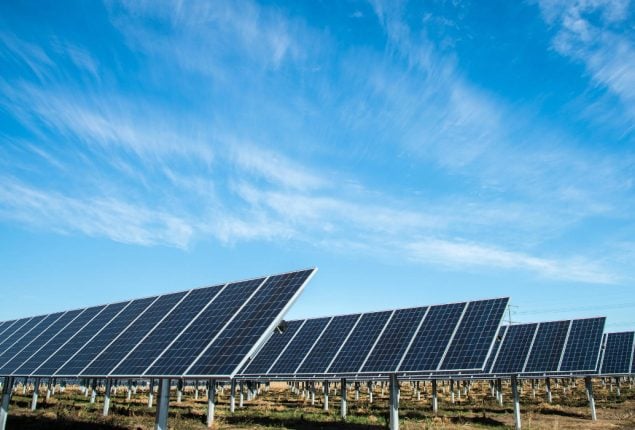Experts calls for reforms to fix Pakistan’s energy sector
KARACHI: Experts have called for institutional reforms to address excess power demand,...

Pakistan’s Fossil Fuels demand declines as Solar Energy gains momentum
Pakistan’s energy landscape is changing fast. The country is facing shrinking energy supplies, low demand, and high fuel costs all of which shaped the fiscal year 2024 (FY24). According to the Pakistan Energy Market Review (PEMR) 2025 by Renewables First, an energy think tank, Pakistan is gradually moving away from fossil fuels and leaning more toward cleaner energy sources.
The report found that Pakistan’s energy supply and consumption both dropped again in FY24 as high fuel prices, low demand, and economic challenges reshaped the sector. Primary energy supply fell 2% year-on-year to 81 million tonnes of oil equivalent (Mtoe), marking the second consecutive yearly decline.
Final energy consumption also dropped 7% to 43 Mtoe, mainly because industries and farmers struggled with high costs and reduced activity.
Crude oil production saw a slight 2% increase in FY24 but remains 25% lower than it was ten years ago. Domestic natural gas supplies continued to fall by 4%, increasing reliance on imported liquefied natural gas (LNG). LNG imports grew 13%, mostly due to long-term contracts, though high prices limited industrial use.
Meanwhile, coal imports dropped 39%, while local coal production jumped 28%, cutting import dependence to 39% of the total coal supply. Even so, coal use fell 3%, marking the third straight year of decline.
Renewable and non-fossil energy sources — including hydel, nuclear, and solar — are expanding quickly. Their share rose from 11 Mtoe in FY21 to 17 Mtoe in FY24, a 49% increase in three years. As a result, the share of fossil fuels in the total energy mix has dropped, while coal’s share fell from 19% to 15%.
The industrial sector saw the sharpest decline in energy use — a 21% drop in FY24 — due to weak manufacturing and the growing use of solar energy. The agriculture sector’s electricity consumption fell 10%, with many farmers switching to solar systems to save costs. Similarly, the commercial sector’s energy use declined 23%, as more businesses turned to solar solutions.
The report noted that Pakistan’s energy transition is being driven by affordability challenges, a move away from fossil fuels, and the rapid adoption of solar power. As rooftop and distributed solar capacity continue to grow, Pakistan’s power mix is becoming more diverse, marking the beginning of a long-term shift toward cleaner, more sustainable energy.
Catch all the Pakistan News, Breaking News Event and Latest News Updates on The BOL News
Download The BOL News App to get the Daily News Update & Follow us on Google News.